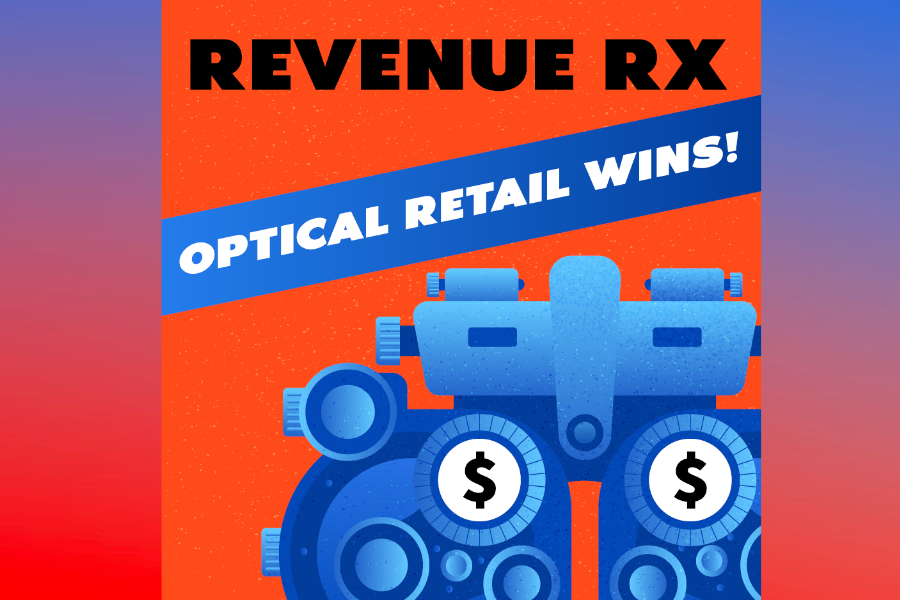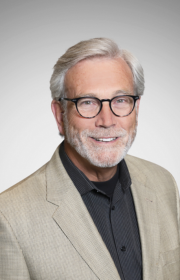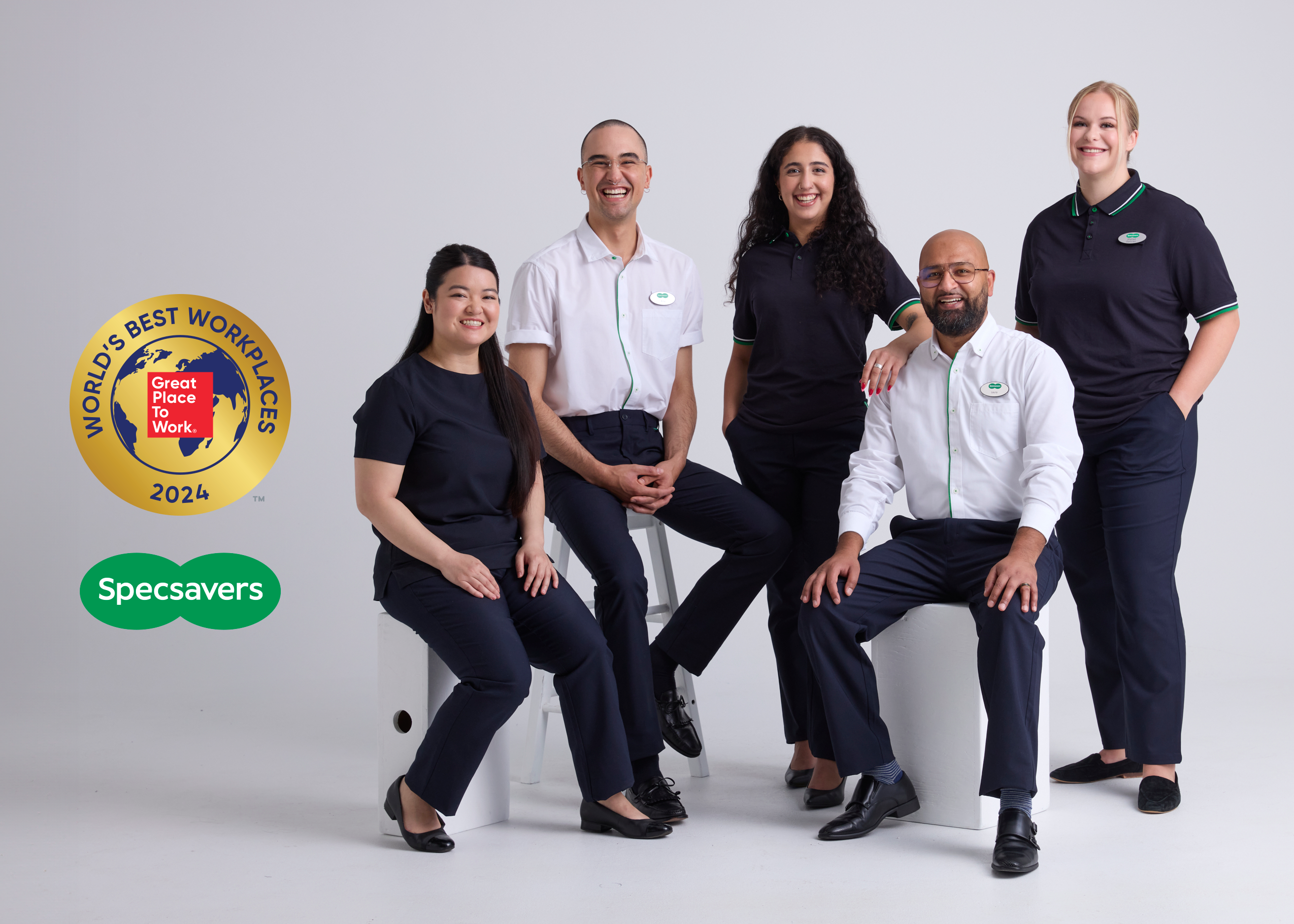
Fortune Magazine and Great Place to Work® selected the optical and audiology business from a list of organizations that took part in the Great Place to Work’s employee survey process, with 7.4 million responses received, representing 20 million employees worldwide.
“This is an incredible achievement, and it is a credit to all our colleagues and partners who work hard to make Specsavers such a great place to work. I could not be prouder. Our ranking among so many other brilliant organizations on this list continues to drive our ambition in making life at Specsavers truly special,” says John Perkins, Specsavers CEO.
To be considered for the list, companies must be identified as outstanding global employers with recognition on at least five Best WorkplacesTM lists from across the world in 2023 or early 2024.
Colleagues said the opportunities offered to develop and grow as well as the culture and level of care for employees were the main reasons for rating the business so highly.
“We’re very proud to be named as one of the world’s best workplaces,” said Bill Moir, Managing Director, Specsavers Canada. “This global recognition reflects Specsavers’ commitment to putting its people first, which has been the foundation of our successful growth in Canada. People have, and always will be, at the heart of everything we do at Specsavers.”

Specsavers was recognized in Canada’s Best Workplaces™ List for 2024, including additional awards for best workplace in retail/hospitality, for women and for giving back. Since arriving in Canada in late 2021, the company continues its rapid growth across the country, providing career and business ownership opportunities in Ontario, Manitoba, Alberta, and British Columbia.
With over 135 locally owned Specsavers locations in Canada, the company employs more than 1,500 people and has more than 300 independent optometrists in its network.
Organizations like Specsavers are assessed on their efforts to create great workplaces and positively impact people and communities across multiple countries around the world.
Start your business with the support of Specsavers. Search available locations.




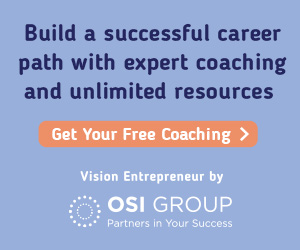
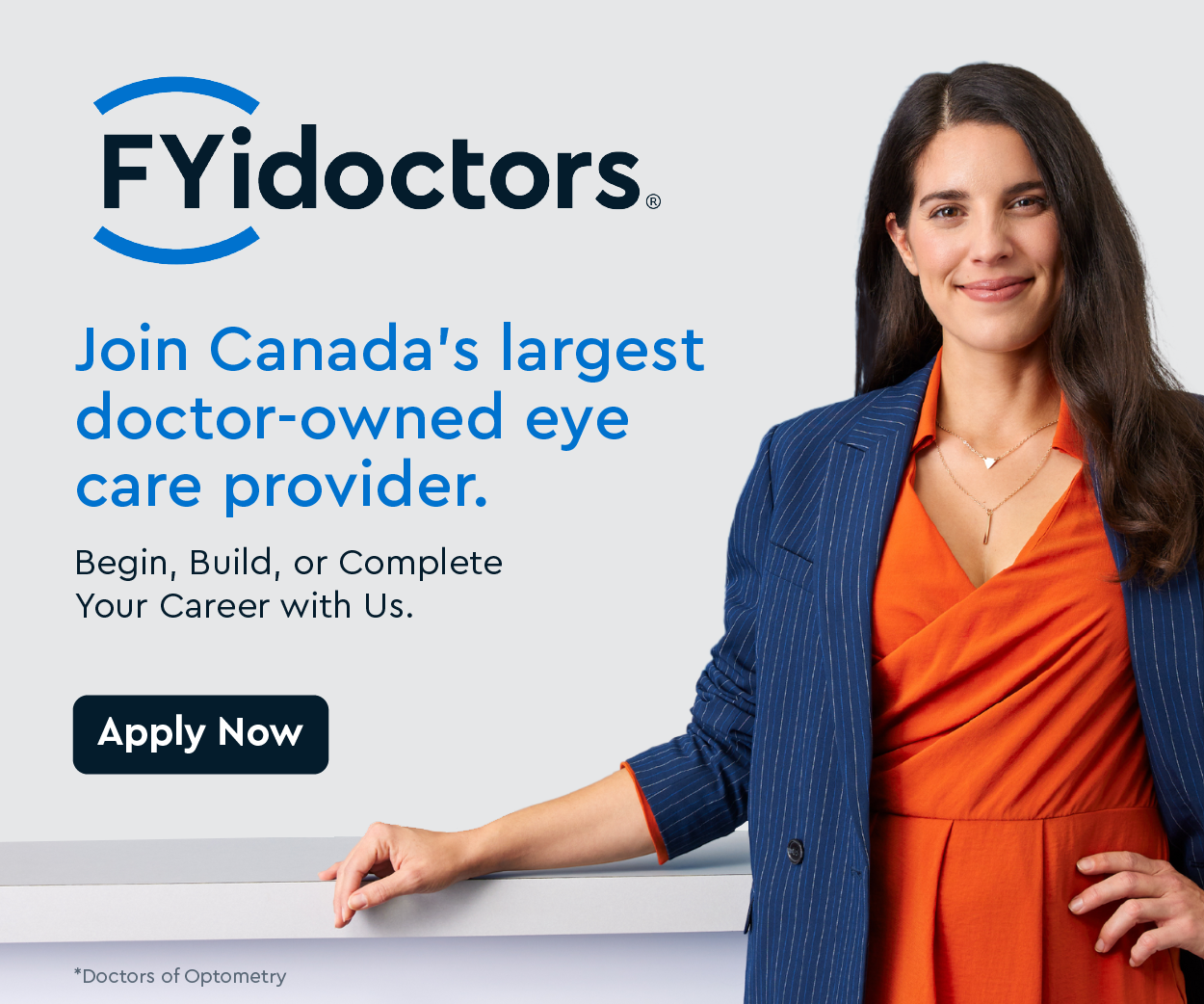







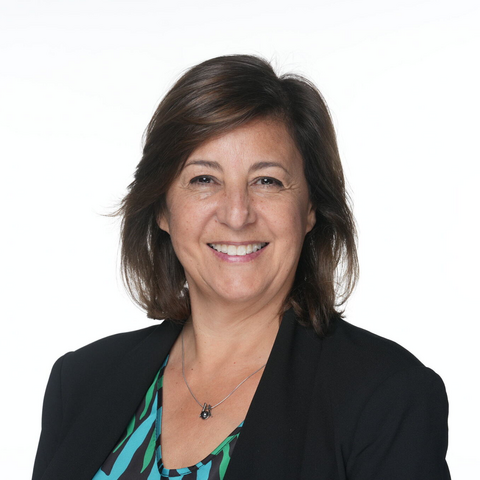

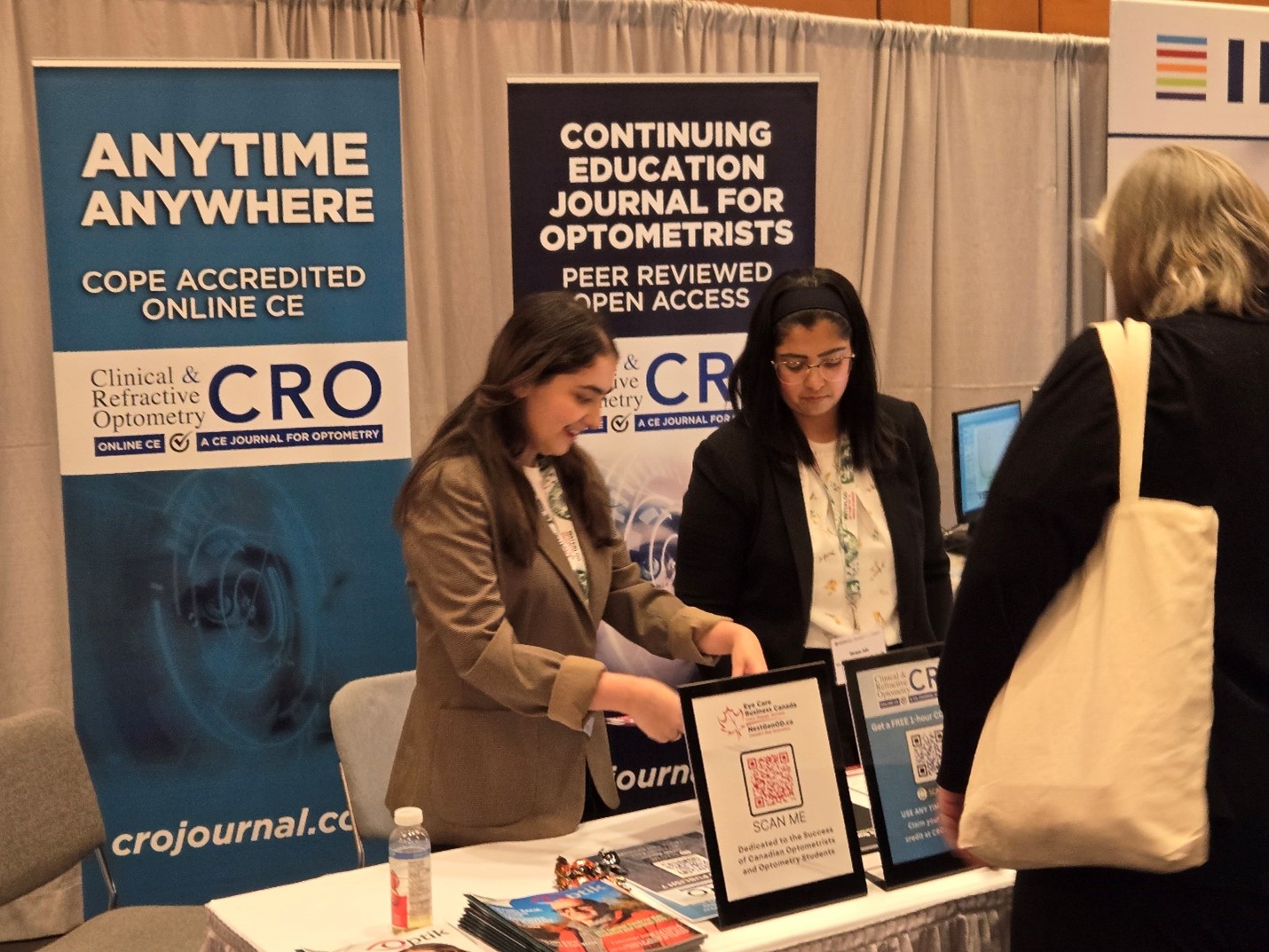

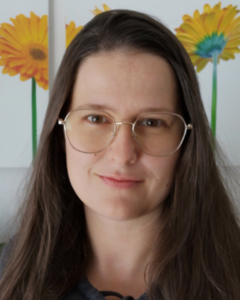


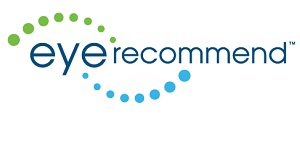
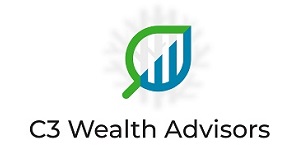
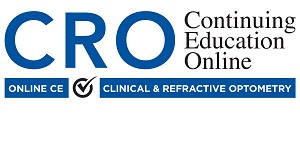
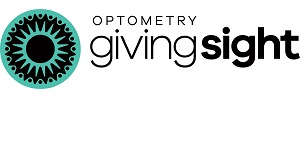
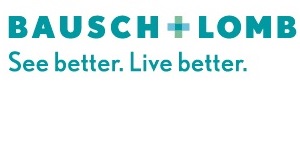
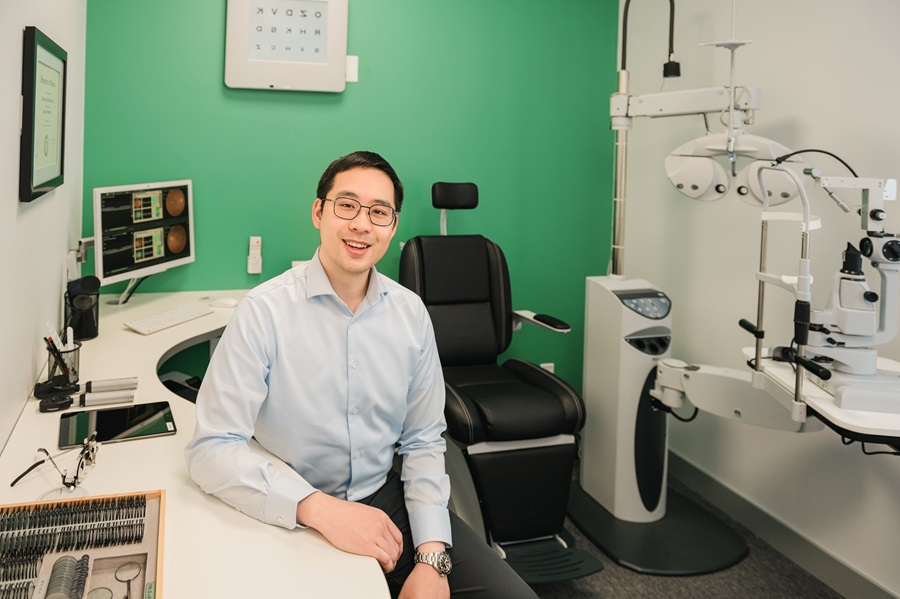
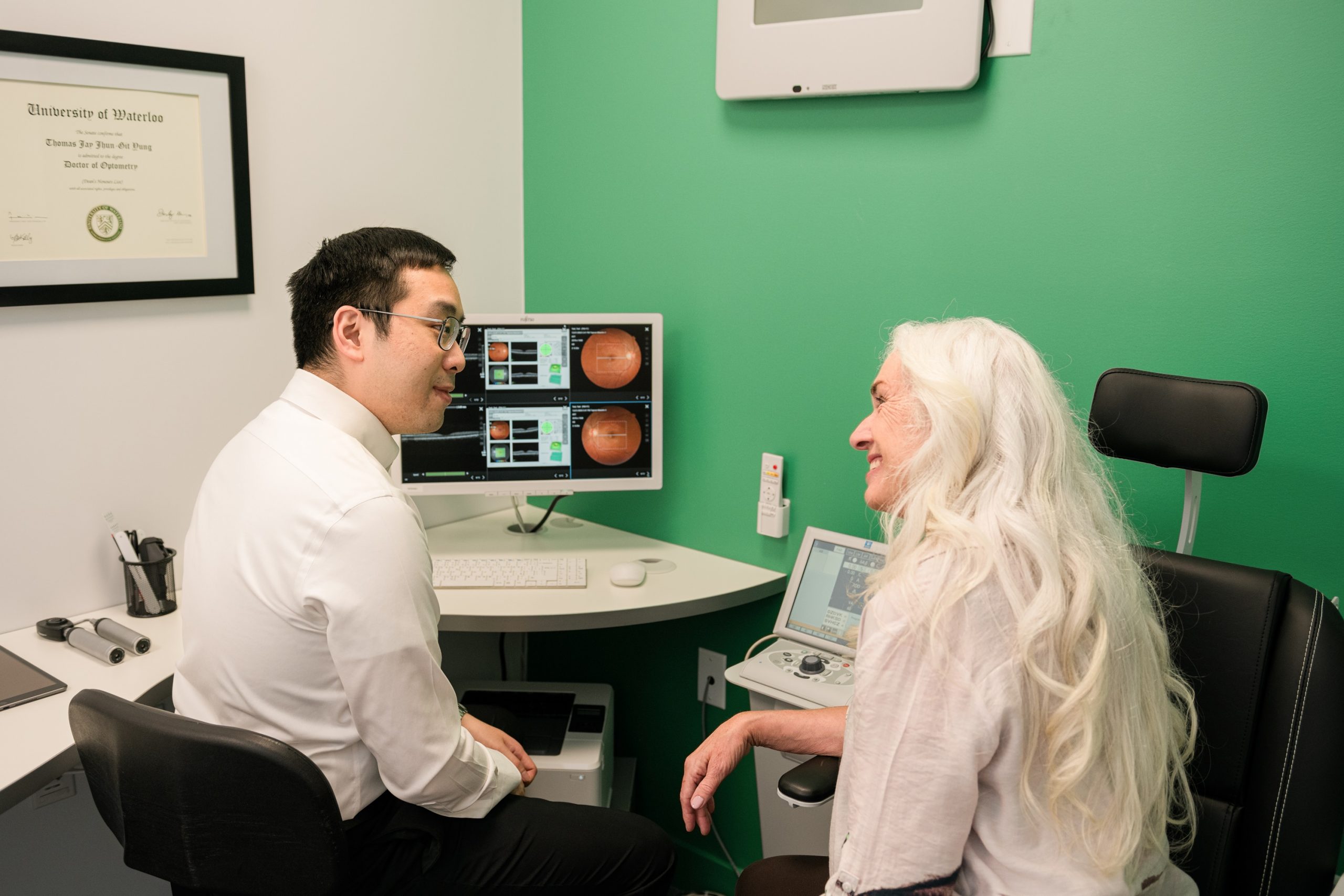


 Turn your aspirations into reality with guidance from our expert coaches. They’ll help you set clear business objectives, pinpoint your target market, and devise an effective strategy.
Turn your aspirations into reality with guidance from our expert coaches. They’ll help you set clear business objectives, pinpoint your target market, and devise an effective strategy. Achieving success in optometry requires more than just clinical prowess; robust management skills are just as critical. This program provides hands-on coaching in vital areas such as finance, operations, and business development, ensuring a comprehensive approach to practice management.
Achieving success in optometry requires more than just clinical prowess; robust management skills are just as critical. This program provides hands-on coaching in vital areas such as finance, operations, and business development, ensuring a comprehensive approach to practice management. The path of entrepreneurship is full of challenges, but you won’t be alone. Our coaches offer continuous encouragement and support, empowering you to unlock your potential and tackle obstacles confidently.
The path of entrepreneurship is full of challenges, but you won’t be alone. Our coaches offer continuous encouragement and support, empowering you to unlock your potential and tackle obstacles confidently. Vision Entrepreneur connects you to a vast optometry community. Our coaches introduce you to professionals, mentors, and investors. By expanding your professional network and resources, they open doors to clinic acquisition opportunities.
Vision Entrepreneur connects you to a vast optometry community. Our coaches introduce you to professionals, mentors, and investors. By expanding your professional network and resources, they open doors to clinic acquisition opportunities. Develop marketing and sales strategies that attract and retain clients. By adjusting a game plan to your niche and budget, our coaches guide you to create compelling marketing materials and targeted sales strategies while enhancing your online presence.
Develop marketing and sales strategies that attract and retain clients. By adjusting a game plan to your niche and budget, our coaches guide you to create compelling marketing materials and targeted sales strategies while enhancing your online presence. Starting an optometry practice involves a deep understanding of the legal and regulatory landscapes. Our program offers expert advice and links you with legal professionals to ensure full compliance with all regulations.
Starting an optometry practice involves a deep understanding of the legal and regulatory landscapes. Our program offers expert advice and links you with legal professionals to ensure full compliance with all regulations. Balancing the demands of entrepreneurship without compromising personal well-being is crucial. Our coaches provide strategies to help you manage stress and maintain a healthy balance, ensuring you thrive both personally and professionally.
Balancing the demands of entrepreneurship without compromising personal well-being is crucial. Our coaches provide strategies to help you manage stress and maintain a healthy balance, ensuring you thrive both personally and professionally. Transform the dream of a successful optometry practice into reality with Vision Entrepreneur. Ready to take the first step toward a successful optometry practice? Visit us today to learn more.
Transform the dream of a successful optometry practice into reality with Vision Entrepreneur. Ready to take the first step toward a successful optometry practice? Visit us today to learn more.

 Dr. Buzea at the opening of his Specsavers store and independent clinic at Southcentre Mall in Calgary, AB.
Dr. Buzea at the opening of his Specsavers store and independent clinic at Southcentre Mall in Calgary, AB.